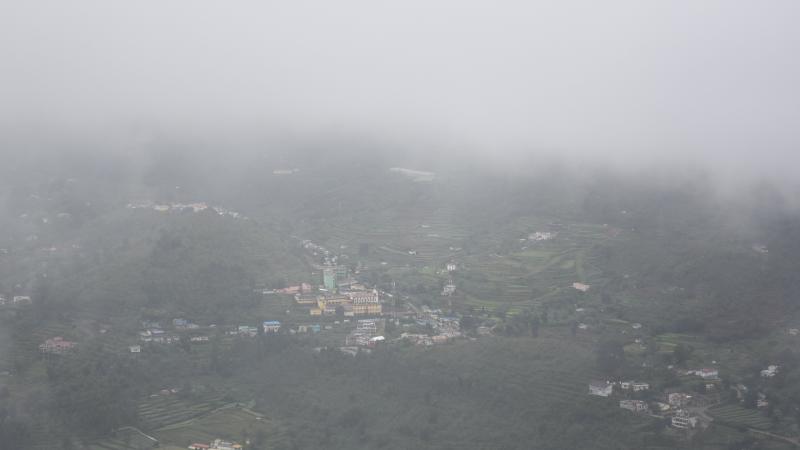
Yesterday, the Indian Meteorological Department predicted this year’s monsoon to be normal. But wait, we are still in the early summer months, right? How did they do that well ahead in time for our farmers to sow their seeds and plan their irrigation resources and for civic authorities to plan the distribution of water for domestic and industrial uses? With much of our country relying on monsoon, perfecting the art of predicting it right is necessary. Scientists have now perfected the art, thanks to a study published in Nature’s Scientific Reports, where the arrival of monsoon could be predicted as early as three months in advance!
Until now, the Indian Meteorological Department (IMD) was able to predict the arrival or onset of monsoon about fifteen days in advance. However, this is too less a time for farmers to completely plan their agricultural activities or water resources. That’s why researchers from Indian Institute of Tropical Meteorology (IITM) started thinking about the best way to crack this problem and have now devised a method to predict the arrival of monsoon a season in advance.
The arrival of monsoon is not a silent affair. Large scale changes occur in the atmosphere over the Arabian Sea, the Indian peninsula and the Indian Ocean before monsoon arrives in Kerala. Meteorologists study these changes, including rainfall, wind and radiations in the atmosphere, that occur only a few weeks earlier, to make predictions.
“Most of the present dynamical prediction system has the limitation of predicting monsoon onset date only 2-3 weeks in advance. The primary motive of our study was to show the possibility of using a global seasonal forecasting model (CFS v.2) to predict early or delayed onset from the large-scale atmosphere-ocean conditions during February itself”, said Mr. Maheswar Pradhan, a scientist at IITM and an author of the study.
The Indian monsoons depend not only on atmospheric changes, but also on global climatic phenomenon like the El Nino Southern Oscillations (ENSO), Indian Ocean Dipole (IOD), North Atlantic Oscillation (NAO) as well as Pacific Decadal Oscillations. These are patterns of climate variation which repeat after relatively long time periods. The researchers have used global circulation models (GCMs)--computer-based climate models used for weather forecasting—to capture these global weather patterns and make early predictions of monsoon.
Interestingly, when the monsoon arrives in Kerala, the temperature over the Indian peninsula becomes more than the temperature over the Indian Ocean. During other times, the temperature over Indian peninsula is lesser than the temperature over the ocean. The researchers used this phenomenon, called temperature inversion, in their models for monsoon prediction.
For this study, the researchers used data from the United State’s National Center for Atmospheric Research (NCAR) and the National Centers for Environmental Prediction (NCEP) and predicted the monsoon onset date for a period of 26 years (from 1982 to 2008). They then compared their predictions with the actual IMD data for the same period on the arrival of monsoon.
The results showed that the mean onset date predicted by the study was 30th May, whereas the mean date as per data from IMD was 2nd June. More interestingly, the new model could predict the variation in the arrival of monsoon with considerable accuracy. “It is found that the model prediction has a good has a hit rate of 60-70% for early and delayed onset. In other words, out of 10 early or delay years, 6-7 are captured correctly”, said Mr. Pradhan. They also observed that global sea surface temperatures have a considerable influence on the arrival of monsoon in India; higher sea surface temperatures over Pacific and Indian Ocean caused delays.
The researchers are now working towards improving this model by adding a few more parameters that can help in improving the accuracy of the model. “In the current setup (models), monsoon onset variability is largely controlled by EL-Nino & Southern Oscillation. We need to identify more parameters that influence monsoon and improve the simulation of these drivers in order to further improve the prediction skill”, remarks Mr. Pradhan, talking about the future plans.
Editors Note: An earlier version of the article was inadvertently published. The error is regretted.






